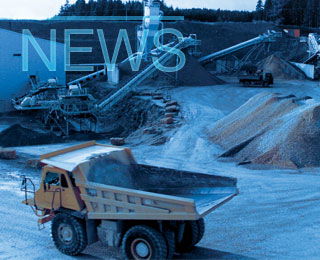To study the inside of cement structures as they solidify and age, a researcher from Elizabethtown College in Pennsylvania has turned to time domain reflectrometry. "We use a capacitive sensor where the material [drying concrete] becomes the dielectric," Professor Nathaniel Hager told Electronics Weekly. Physically, the sensor is on the end of a coaxial cable and is little more than a few millimetres of the inner and outer coax conductors exposed to the cement, said Hager.
A 35ps rise time pulse is sent down the cable and its reflection is Fourier-transformed. "The pulse has a spectrum up to 10GHz," said Hager. "Free water [molecular] rotation and bound water rotation have different frequency responses. We get a measure of the complex permittivity of the sample between 10kHz and 10GHz."
From this he can determine the proportions of free water and bound water which are related to amount of uncured and cured cement respectively. "Tracking these two signals along with cure time provides a better understanding of the cure process and identifies irregularities that lead to improper cure," he said. The sensor can be tiny. "One tenth of a picofarad is enough." Hagar is working on a commercial product to be used by the construction industry to gauge when cement is ready for use.
